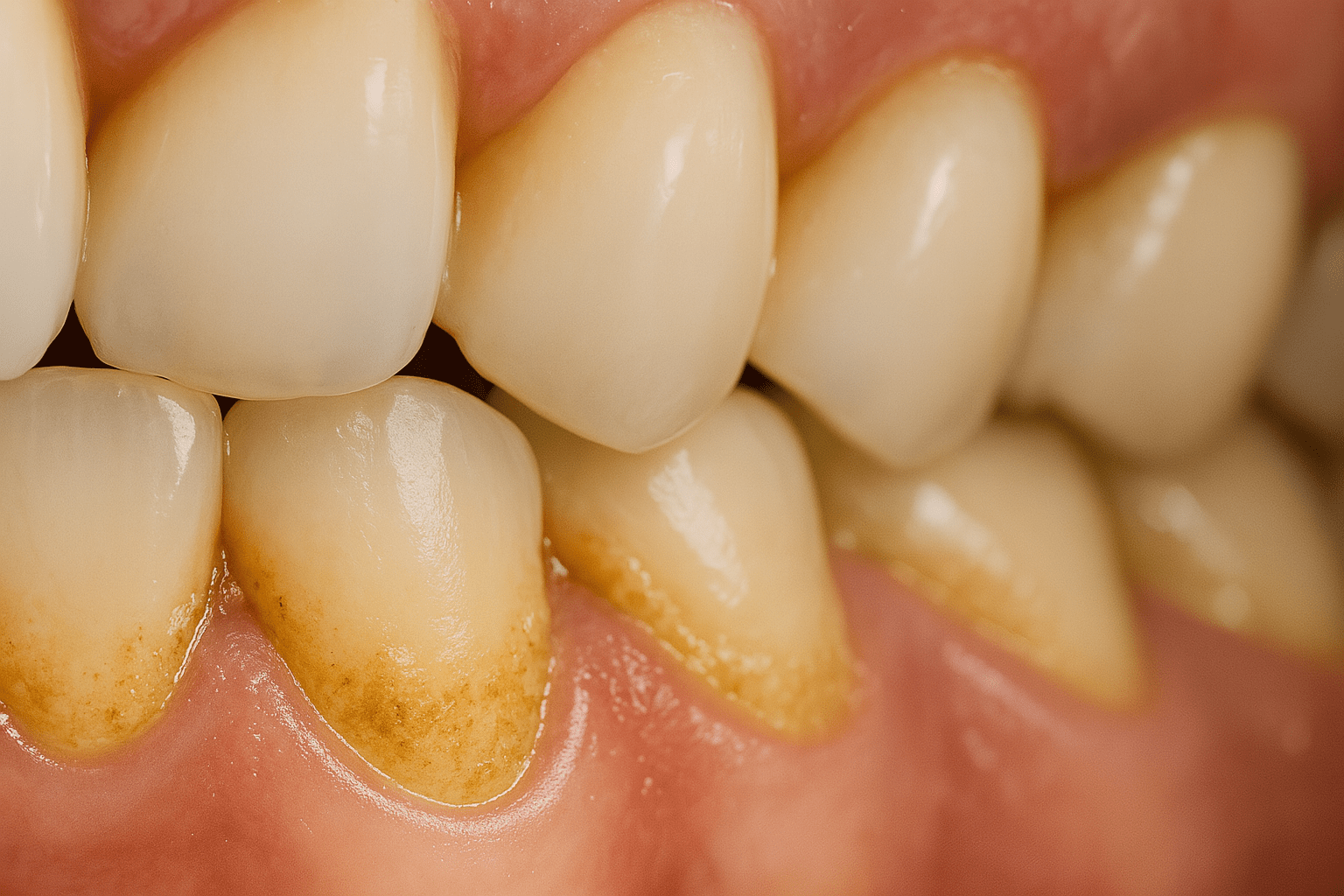Let’s be honest: juggling daily life makes dental checkups easy to skip. But skipping them can let tiny issues grow into complex treatments.
In this guide we break down the key types of dental exams, recommend intervals for each, and show you how to tailor your schedule based on your age, medical history, and lifestyle.
At Elizabeth L. Wakim DDS we stay at the forefront of preventive dentistry using digital charting, 3D imaging, and comprehensive oral exams to create personalized recall plans that align with your unique needs. Contact our Pennsylvania office to schedule your next appointment and keep your smile healthy year‑round.
Types of Dental Checkups
With oral diseases affecting nearly 3.7 billion people worldwide, choosing the right checkup and visiting your dentist regularly helps catch dental problems early, prevent decay and gum disease, and support your overall oral health. Below are the main exam types and how often you should schedule each:
Routine Oral Exam
A routine oral exam combines a visual screen for early signs of tooth decay, gum disease, and oral cancer with a professional cleaning that boosts your oral hygiene. These regularly scheduled dental visits follow American Dental Association guidelines to catch issues before they escalate.
Recommended Frequency: Every six months for low‑risk patients.
Comprehensive Exam with Digital Charting
A comprehensive dental checkup combines digital charting and advanced imaging with appropriately timed dental X‑rays to map your teeth and gums, track changes over time, and assess individual risk factors like medical conditions or previous dental treatments. This in‑depth exam gives your dentist a complete view of your mouth to help prevent tooth decay and other oral health issues before they escalate.
Recommended Frequency: Every 12–24 months or sooner after major restorative work.
Periodontal Assessment for Gum Health
A periodontal assessment measures pocket depths, evaluates bleeding gums, and reviews risk factors for gum disease. Patients with active periodontal disease or systemic conditions such as diabetes often need deep cleanings and more frequent check ups to maintain healthy teeth and gums.
Recommended Frequency: Every three to four months for higher‑risk patients; twice a year once gum health is stable.
Emergency or Problem‑Focused Visit
An emergency dental check up targets sudden pain, swelling, or a broken tooth to prevent small issues from turning into complex dental treatments. Visiting the dentist at the first sign of discomfort ensures early intervention and reduces overall cost.
Recommended Frequency: As needed at the first indication of pain or injury.
Post‑Treatment Follow‑Up Checkup
A post‑treatment check up verifies proper healing after dental surgery, root canal therapy, or implant placement, monitors for oral diseases, and evaluates treatment success. These follow-up dental appointments help you avoid complications and support your long‑term well‑being.
Recommended Frequency: One to two weeks after your procedure.
Personalized Factors That Affect Your Schedule
Not all mouths follow the same rhythm. According to the Centers for Disease Control and Prevention, nearly one in four US adults aged 20 to 64 has at least one untreated cavity, underscoring the need to tailor your dental checkup frequency to your individual risk factors, health history, and daily habits.
Here are three key considerations:Age and Developmental Milestones (Kids, Teens, Adults, Seniors)
- Children need more frequent visits to monitor baby teeth, track eruption patterns, and spot early signs of decay.
- Teens benefit from checkups around orthodontic treatment milestones, while adults generally follow a twice‑annual schedule for routine care.
- Seniors may require more frequent exams to address bone density changes, dry mouth, and increased risk of root decay.
Oral Health History and Systemic Conditions (Gum Disease, Diabetes)
- A history of cavities or gum disease calls for a risk‑based checkup plan.
- Patients with active periodontal disease often need deep cleanings and evaluations every three to four months.
- Those managing diabetes, osteoporosis or other medical conditions that affect healing or immunity may also require more frequent visits to prevent oral health issues before they escalate.
Lifestyle Habits (Diet, Tobacco Use, Home Care Routine)
Your daily habits shape your oral health risk. A diet high in sugar or acidic foods can accelerate tooth decay and gum inflammation, while tobacco use raises the likelihood of periodontal disease and oral cancer.
Tips to Maximize Your Visits
Key Questions to Ask Your Dentist
Going into each dental appointment with questions ensures you get the most from your time in the chair. Consider asking:
- What specific risk factors should I watch for between visits?
- Are there any changes in my oral hygiene routine I should make?
- How do my medical conditions affect my dental care?
- Which dental treatments or products do you recommend for my needs?
Home Care Between Appointments
Great dental visits start at home.
- Brush twice daily with a fluoride toothpaste and floss once daily to control plaque.
- Rinse with an antimicrobial mouthwash if you’re prone to gum inflammation or bad breath.
- Limit sugary and acidic snacks to reduce decay risk.
- Keep a simple log of any symptoms like bleeding gums, sensitivity or spots of discomfort to share at your next checkup.
Common Myths About Checkup Frequency
Robust evidence shows that regularly scheduled dental checkups are key to preventing dental disease, catching oral health problems early, and bolstering your overall health. Yet nearly 42 percent of Americans say they don’t see a dentist as often as they’d like. Two persistent myths can lead you to skip these vital dental services and risk more complex treatments later.
Myth 1: “I Only Need to Go If Something Hurts”

Waiting for pain lets small dental issues like early tooth decay or gum inflammation progress into serious dental problems. Regular dental visits and risk‑based check ups catch these issues before they escalate, saving you money on costly treatments and improving patient access to preventive care. During these visits your dentist also performs oral cancer screenings to spot early signs of oral diseases or neck cancers, protecting both your dental health and general health.
Myth 2: “Professional Cleanings Thin Out Enamel”

Professional cleanings remove harmful plaque and tartar without stripping healthy enamel. In fact, these deep cleanings strengthen your teeth and gums by eliminating acids and bacteria that erode mineral content. Good oral health depends on this proactive approach incorporating a regular schedule of cleanings, personalized home care, and routine exams ensures you maintain a healthy smile and avoid more invasive dental treatments down the road.
Your Personalized Dental Checkup Schedule
Ready to take charge of your oral health and prevent costly dental treatments down the road? If dental anxiety has held you back, check out our tips for dental anxiety to help you feel more at ease. Regular dental checkups catch early signs of tooth decay, gum disease, and oral cancer before they escalate.
By selecting the right exam, whether routine oral exams every six months, comprehensive digital charting every 12–24 months, or more frequent periodontal assessments based on individual risk, you safeguard both your smile and overall health.
At Elizabeth L. Wakim DDS we combine digital charting, advanced imaging, and personalized recall plans to make every visit efficient and stress-free. Contact our Pennsylvania office at (724) 558-8222 or use our contact form to schedule your next appointment and keep your dental health on track.

